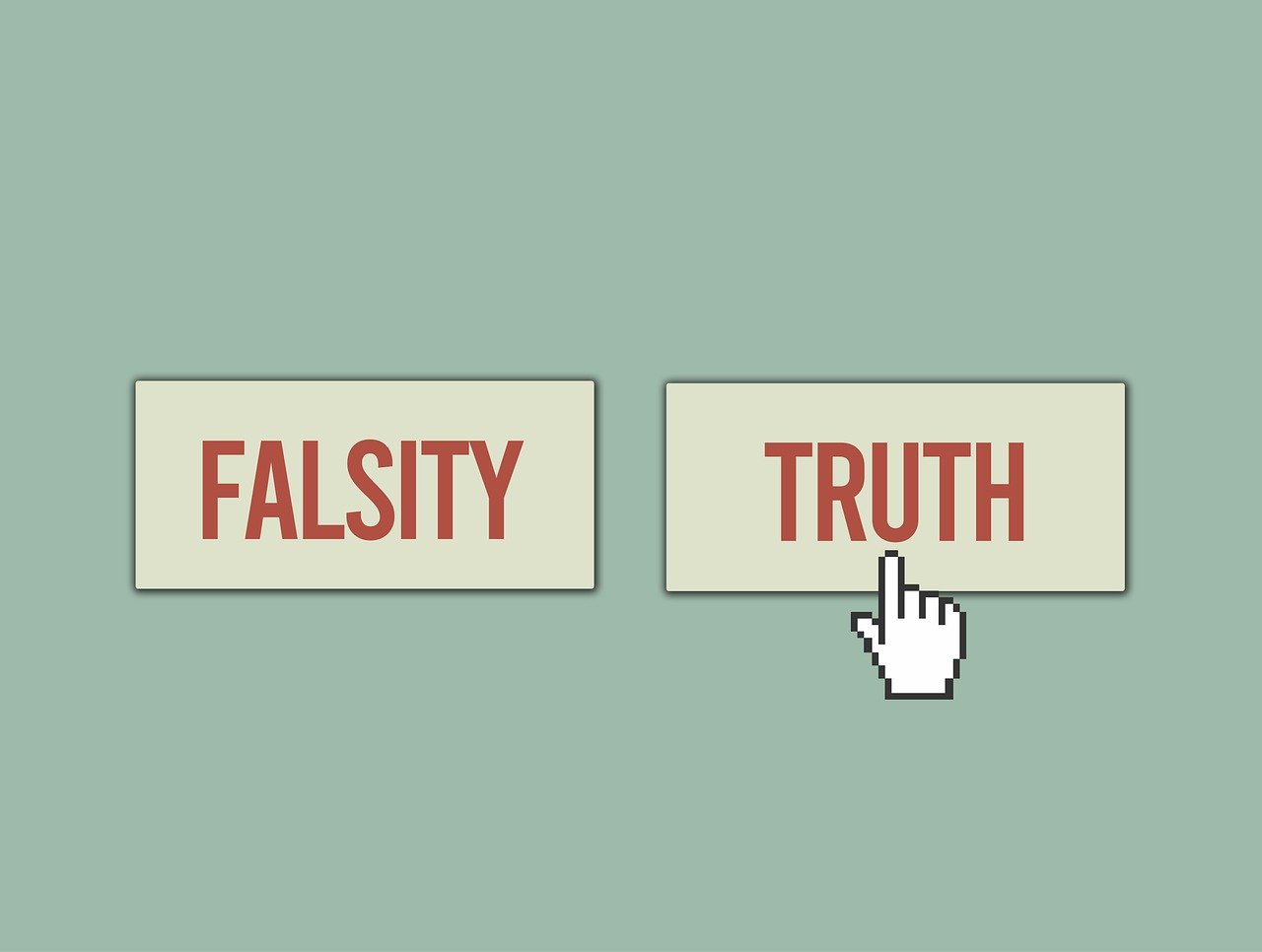Leverage Your Marketing
Leverage is an essential aspect of any business strategy. You need to know the strength of your business, the power of your assets, and how you are going to stack them in order to overpower or outshine the competition. Leverage is about developing a keen understanding of the parts of the machine in order to build a stronger and more competitive whole.
Leveraging your marketing means assessing the different facets and faucets you use to drum up leads, create campaigns, present materials, and guide customers through the sales process. You cannot have a sturdy whole if it is comprised of weak parts. This blog will walk you through ways in which you can assess your marketing efforts, learn from them, and create more effective campaigns that leverage everything you have to offer.
Learn Your Audience
It is near impossible to leverage anything if you don’t know who you are leveraging it to. Every article posted about marketing strategies harps on this point for good reason. You cannot adapt your techniques or your pitches if you don’t know the needs, wants, and demographics of who you are adapting said pitches for. Research is the foundation of every successful marketing strategy. However, learning your audience also requires a great amount of intuition at the start. Any new campaign or product comes with unanswered questions until it is implemented. Learning your audience doesn’t require you to know every detail about them from the start, but it does require you to be flexible when building your customer base and to be observant of key wants and needs that your audience has.
Learn From Your Audience
That said, the best way to learn your audience is to learn from your audience. If you are not following up with existing or former customers, you are losing access to valuable information that can only be received firsthand. Make sure that you are following up with customers via email, social media, and even via telephone. Whether it’s a quick survey or even a simple poll, the insight you can gain from people who have been through your sales funnel and chosen to purchase from you is invaluable. Hear what your audience has to say and use that feedback to double down on what is working and rethink what isn’t.
Mix It Up
There is no singularly effective way to market, nor is there one position from which to best leverage all of your marketing channels. Successful marketing requires adaptation and flexibility. The best way to leverage your marketing is to be open to trying new strategies and to diversifying your platform. Uniform vision is great, uniform communication is not. If you are saying the exact same thing across each platform, you are not properly utilizing them for what makes each platform different and effective in its own way.
Odds are that your target audience exists in segments across each of these platforms. If different users flock to each platform for different reasons, it is critical that you tailor your marketing to match the behaviors they are expecting on each platform. For example, a detailed how-to video may run upwards of thirty minutes on YouTube, where long form content is expected. A video on the same topic on Instagram, however, may only run 3-5 minutes. Content is tailored and shortened to meet the expectations and attention spans of the platform. Adapt your own content accordingly in order to leverage its potential through each channel.
Find New Ways to Engage
There is a difference between putting marketing content out and receiving engagement from that content. Views do not always add up evenly with engagement. Successful marketing makes your campaigns a two-way street. You initiate engagement with your ads or materials, and that initiative is ideally met with return engagement via clicks or responses. To maximize and incentivize engagement from your customers it is important to search for new ways that you can engage both on the front end and after the sale.
What can you do to entice people to respond, follow, comment, like, or click through? To understand this in simple terms, think of mobile game advertisements. These are rampant on apps from the app stores and even Facebook. Usually there is a short video pitching the idea of the game and then an interactive portion so that the user can play the game, ideally getting hooked and then choosing to download it for themselves. What are ways you can apply this type of interaction with your own marketing materials? You most likely won’t have game demos for them to play, but you can create opportunities for them to respond or engage with the material.
Incentivize
How are you incentivizing customers and leads to interact with your content? As mentioned in the section above, incentivizing can be along the lines of offering interactive content for users to play or engage with. It can also fall along more traditional lines of incentivizing such as offering prizes or holding contests for certain types of interaction.
Incentivizing your marketing strategies can also be as straightforward as asking questions at the end of your posts. By asking for user feedback, you can create dialogue associated with your business or your products and services without having to actually generate it yourself. Your users can in effect do some of your marketing for you because you are prompting them to engage and share their own responses on your platform.
Take Measurements and Create Measurable Goals
Creating a marketing strategy is only the first step. In order to fully leverage the channels, you operate on, the services you have to offer, and the power of your products you must commit yourself to the process. No marketing strategy is successful in every situation and no marketing strategy is eternally your best bet. Times change, so do styles, formats, platforms, and desires. The best way to get ahead of these changes is to take stock of how your strategies are performing. Note what platforms get the most results, what messages resonate the most. Gather feedback from existing and new customers. Ask questions that provide discernable answers for what is and isn’t working. From these measurements you can create continued measurable goals that will help you strategize and refine your marketing processes so that you can leverage your marketing to its maximum potential.
Featured Image:
Image by Clker-Free-Vector-Images from Pixabay




















